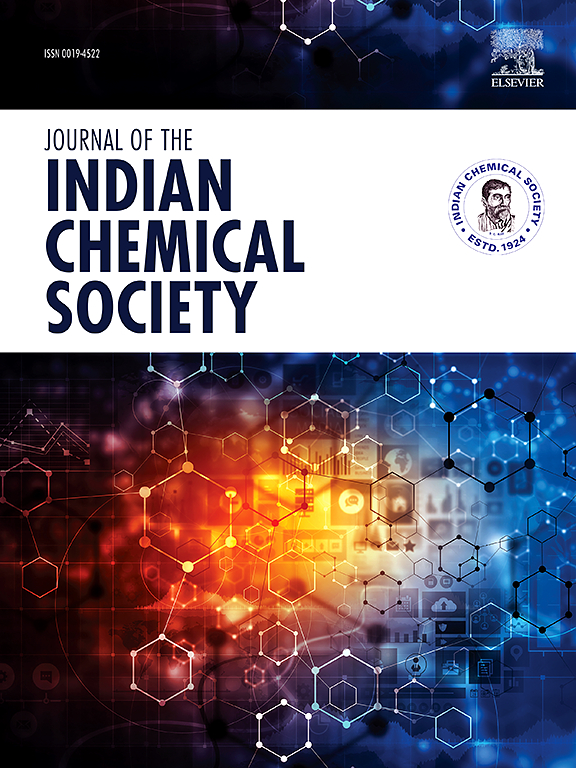Neutron irradiation of Gd doped Mn ferrite by 241Am – 9Be source and study of their structural and electrical properties
IF 3.2
4区 化学
Q2 CHEMISTRY, MULTIDISCIPLINARY
引用次数: 0
Abstract
The study of neutron-induced damage is vital to understanding the safe operation of nuclear reactors and in space exploration. Positron Annihilation Spectroscopy (PAS) is a pivotal technique for defect analysis, where the Doppler broadening part is essential for assessing defects generated by neutrons within the energy range of up to 10 MeV. Gadolinium-doped manganese nanoferrite samples of varying concentrations were synthesized via the sol-gel method. These samples were subsequently irradiated using a 5 Ci, 241Am-9Be source (emitting approximately 1.25 × 107 neutrons per second) over one and two months. A 35 mCi, 22Na positron source was used for PAS measurements. DB-PAS of the samples was carried out utilizing an HPGe detector.
Pristine and irradiated samples were characterized through XRD, XPS, I–V measurements, and PAS. The nanoferrite samples were confirmed, and variations in different parameters, including peak shifts and intensity variations, were observed via XRD. The average crystalline size varies within the range of 13–22 nm. XPS analysis of the samples was also performed, and variation in intensity was observed. The measurements of both S and W parameters correspond to the momentum distribution of valence and core electrons in pristine and irradiated samples for observing change after irradiation. The dielectric properties of the ferrites were confirmed using a Keithley instrument, and no change occurred after irradiation.

研究中子诱发的损伤对于了解核反应堆和太空探索的安全运行至关重要。正电子湮没能谱(PAS)是缺陷分析的关键技术,其中多普勒展宽部分对于评估中子在高达 10 MeV 的能量范围内产生的缺陷至关重要。通过溶胶-凝胶法合成了不同浓度的掺钆锰纳米铁氧体样品。随后使用 5 Ci、241Am-9Be 源(每秒发射约 1.25 × 107 个中子)对这些样品进行了为期一到两个月的辐照。PAS 测量使用的是 35 mCi、22Na 正电子源。通过 XRD、XPS、I-V 测量和 PAS 对原始样品和辐照样品进行了表征。通过 XRD 观察到了不同参数的变化,包括峰值移动和强度变化。平均结晶尺寸在 13-22 纳米范围内变化。还对样品进行了 XPS 分析,并观察到了强度变化。S 和 W 参数的测量结果与原始样品和辐照样品中价电子和核电子的动量分布相对应,用于观察辐照后的变化。使用 Keithley 仪器确认了铁氧体的介电性能,辐照后没有发生变化。
本文章由计算机程序翻译,如有差异,请以英文原文为准。
求助全文
约1分钟内获得全文
求助全文
来源期刊
CiteScore
3.50
自引率
7.70%
发文量
492
审稿时长
3-8 weeks
期刊介绍:
The Journal of the Indian Chemical Society publishes original, fundamental, theorical, experimental research work of highest quality in all areas of chemistry, biochemistry, medicinal chemistry, electrochemistry, agrochemistry, chemical engineering and technology, food chemistry, environmental chemistry, etc.

 求助内容:
求助内容: 应助结果提醒方式:
应助结果提醒方式:


